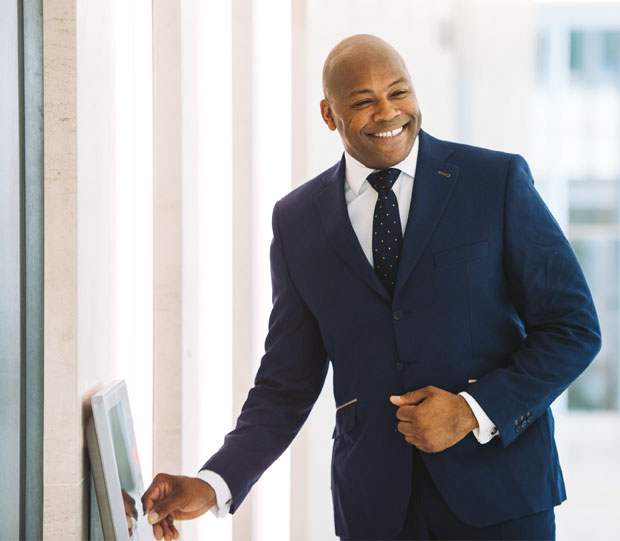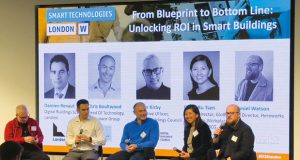With hybrid working patterns now firmly embedded into the workplace culture, front of house increasingly uses digital solutions to help meet fluctuating demands, but can this still provide a human touch in the guest experience? Sara Bean reports
Four years on from the pandemic a recent survey from JLL confirmed that hybrid working is now the most common workstyle globally, with 87 per cent of organisations supporting hybrid work patterns. JLL’s Global Occupancy Planning Benchmarking Report reveals the wider impact of this revolution in workplace working patterns is not only influencing occupancy planning and workplace design, but is also resulting in the adoption of new technologies that help support changing workplace requirements.
So how have front of house services evolved to manage fluctuating working patterns – where we can no longer assume a traditional 9 -5, five day a week culture and how can technology help? According to Bianca Angelico, Director and Chief DayMaker at On Verve it all hinges on the ways in which front of house providers deploy their people.
“We have adapted our rotas, as we know Friday is predominately low occupancy and Tuesday – Thursday is high occupancy. We have shorter days on Friday and longer days on the peak days which the team loves as they either get to come to work later or leave earlier on Friday. This has been well received by our team and clients.”
Oliver Hiner, Director of Operations at Portico takes a similar view, revealing that staff are trained to handle peak times and remote support. Flexible staffing models, including part-time and on-demand employees, ensure coverage during varying hours.
He adds: “The role of guest services specialists has also evolved to include placemaking and community managers, as offices are shaping to become places for creativity and collaboration.”
Interestingly, according to Angelico, the very concept of ‘front of house’ extends to supporting employees where ever they’re based, whether in the office or at home.
She says: “Employees working from home should be able to schedule a meeting room or report a problem through an app, chat or video call, just as easily as someone in the office can visit the reception desk. It’s all about keeping the wheels turning smoothly and everyone connected, no matter where they’re logging in from.”
The increased adoption of digital solutions is reflected in the findings of the JLL report, which explains that many organisations have invested in technology to enable the adaptation of their physical spaces to better support hybrid working, with 43 per cent implementing IT modifications for hybrid working and using technology to inform how to best use their space.
CUSTOMER FACING TECHNOLOGIES
For Angelico at On Verve the technical solution that really stands out is in the digitisation of visitor registration.
“It’s like giving the check-in process a turbo boost, making it super smooth for guests,” she says. “It’s not just about speeding up check-ins; it can revolutionise the guest experience. By going digital, clients can unlock real-time data and analytics, providing invaluable insights. Collecting information on visitor frequency and peak visiting hours allows clients to optimise resource allocation, make changes to security measures, and enhance the overall visitor experience.
“Taking this data which mainly explains what is happening, we are looking to use AI to help us understand the why. This will help us support our clients better and give them a true return of experience when discussing at board level.”
Hiner reveals that Portico has invested in numerous customer-facing technologies that are helping to automate the visitor experience, which includes self-service kiosks, digital sign-in tablets, and mobile apps for pre-registration and check-ins.
“An example is at one of our client sites, 20 Fenchurch Street” he says. “Previously, occupiers used a traditional guest management system, and often struggled to register guests on time.
“Portico were a key part of the planning, rollout, and embedding of an innovative guest management system and accompanying events via the Equiem app. The app promotes a seamless way to welcome occupiers and visitors into the building and facilitates a seamless experience into the office. The technology also allows us to track and share visit statistics, providing occupiers with detailed insights on office visits.”





